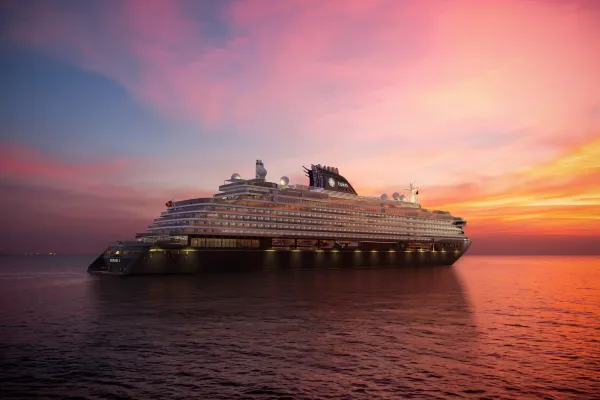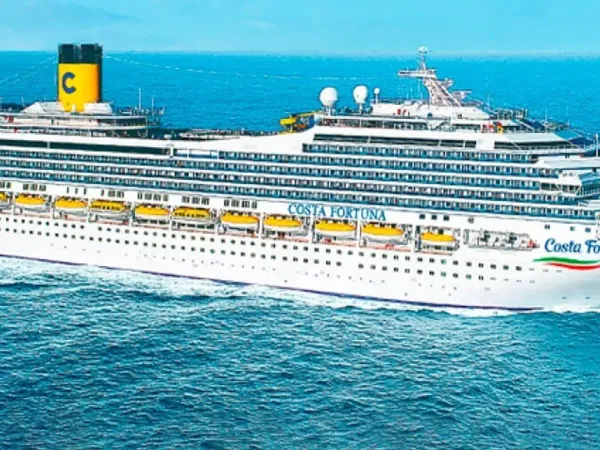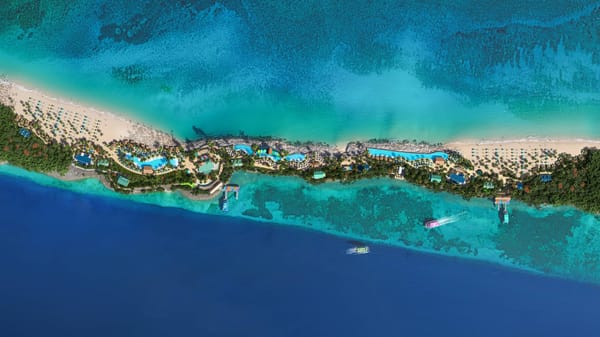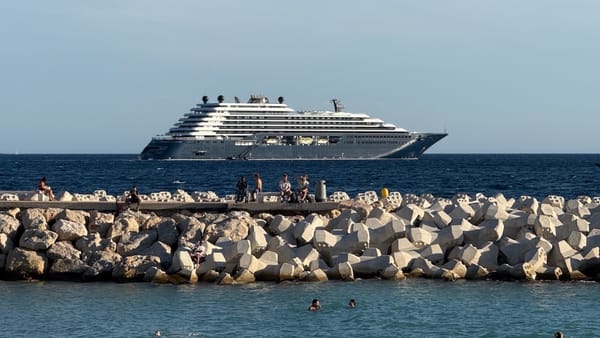Cruise Industry Sues Hawaii Over New Green Fee Targeting Cruise Passengers
Hawaii’s new Green Fee targets cruise passengers to fund climate initiatives, raising legal questions that could influence how other states approach tourism and environmental policy.
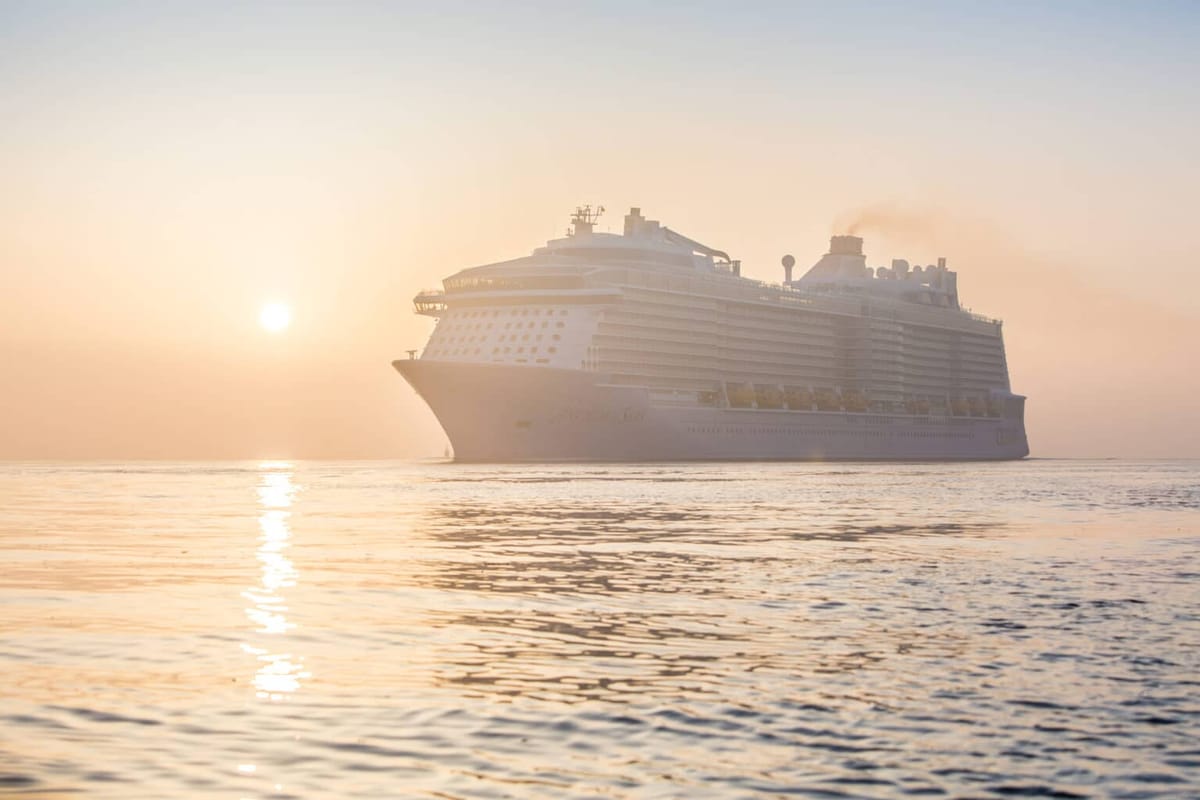
The Cruise Lines International Association (CLIA) has filed a federal lawsuit challenging Hawaii's new law expanding the state’s Transient Accommodations Tax (TAT) to include cruise ship passengers under a "Green Fee" initiative. The legislation, known as Act 96, is scheduled to take effect on January 1, 2026. It raises Hawaii’s TAT from 10.25% to 11%, with counties authorized to impose an additional 3% surcharge, effectively bringing the tax rate to 14%. The revenue, estimated at $100 million annually, is intended to support environmental resilience and climate-related projects to combat the effects of climate change in Hawaii.
Legal Challenge from the Cruise Industry
On August 27, 2025, CLIA filed its complaint with the U.S. District Court in Honolulu, naming as defendants the State of Hawaii, its Department of Taxation, and the counties of Kauai, Honolulu, Maui, and Hawaii. Three Hawaii-based businesses, Honolulu Ship Supply Co., Kauai Kilohana Partners, and Aloha Anuenue Tours, joined the lawsuit as co-plaintiffs, citing potential economic harm.
In its legal filing, CLIA contends that the Green Fee violates federal law, specifically the U.S. Constitution's Tonnage Clause, which prohibits states from imposing levies on vessels simply for docking in their ports, and the Rivers and Harbors Appropriation Act of 1884, which restricts state-imposed tolls on navigable waters. Additionally, the lawsuit accuses the law of violating the First Amendment by seeking to impose advertising and disclosure requirements, which the plaintiffs argue constitute compelled speech.
CLIA further argues that the tax unfairly discriminates against cruise passengers, as the prorated fare, encompassing not only lodging but also meals and entertainment, is subject to the tax. By contrast, land-based accommodations are taxed solely on lodging costs. The lawsuit asserts that this discrepancy creates an uneven economic playing field, as cruise passengers face disproportionately higher tax burdens compared to other tourists.
Economic and Tourism Concerns
The potential impact of the Green Fee has raised concerns among industry stakeholders and local businesses. According to CLIA and analysis by Tourism Economics/Oxford Economics, cruise tourism brought nearly 300,000 visitors to Hawaii in 2023. This activity generated $639 million in total economic impact, supported 3,000 local jobs, and contributed $116 million in tax revenues. Critics of the tax argue that increased costs for cruise passengers may deter tourism to Hawaii, shifting travelers to other destinations instead. Norwegian Cruise Line Holdings estimates that the combined state and county tax increases could raise passenger fees on its cruise ship, Pride of America, from approximately $200 per person to $350, translating to an extra $1,400 in costs for a family of four.
Hawaii Governor Josh Green, however, has strongly defended the Green Fee, stating it is a necessary step to preserve the islands against pressing environmental challenges such as rising sea levels and wildfires. The revenue is expected to fund vital climate resilience initiatives, as guided by the newly established Green Fee Advisory Council. The council, composed of local conservation and tourism leaders, is set to determine how the generated funds will be directed to best preserve Hawaii's natural resources, which serve as a keystone for the state's tourism-dependent economy.
Reduction in Cruise Ship Visits
In tandem with the new tax, Hawaii legislators have proposed measures aimed at significantly reducing cruise ship visits as part of the state's broader climate action strategy. The plan calls for a 50% reduction in cruise ship calls to Hawaiian ports by 2030 and a 75% reduction by 2035 for ships carrying more than 3,000 passengers. Cruise vessels allowed to dock will also face stricter fuel and emissions standards, requiring low- or zero-emission fuels. The state projects that these measures could reduce CO2 output by 56,000 metric tons by 2030 and 82,000 metric tons by 2045.
While these goals align with Hawaii's objective to mitigate greenhouse gas emissions and tackle environmental degradation caused by tourism, the cruise industry has expressed concerns over the economic repercussions. CLIA and local businesses argue that the proposed reductions could restrict Hawaii's ability to cater to cruise passengers, further exacerbating potential financial losses brought about by the Green Fee.
What’s Next?
In the lawsuit, plaintiffs request a preliminary injunction to block enforcement of the Green Fee while litigation is underway, citing the need to provide pricing certainty for prospective 2026 cruise travelers who often book trips years in advance. A hearing is scheduled for October 31, 2025, to determine whether the fee will be paused pending resolution of the case, an outcome that could significantly affect Hawaii’s ability to implement its plans as scheduled.
As the lawsuit moves forward, stakeholders and legal experts are closely watching the case, as it has the potential to set a precedent for how states across the U.S. implement visitor-focused taxes in the context of maritime law and climate funding.
Frequently Asked Questions (FAQs)
What is Hawaii’s Green Fee?
Hawaii’s Green Fee is a new component of the Transient Accommodations Tax (TAT) that applies to cruise ship passengers, starting January 1, 2026. It increases the state TAT from 10.25% to 11%, and counties can add a 3% surcharge, resulting in a total tax rate of up to 14%. Revenues from the Green Fee, estimated at $100 million annually, will be allocated to environmental preservation and climate resilience projects.
Why is CLIA suing Hawaii over the Green Fee?
CLIA claims that the Green Fee violates the Tonnage Clause of the U.S. Constitution, federal statutes like the Rivers and Harbors Appropriation Act of 1884, and the First Amendment. It also argues that the tax unfairly targets cruise passengers by requiring them to pay a higher tax burden than visitors staying in land-based accommodations.
What is the economic contribution of cruise tourism to Hawaii?
The cruise industry estimates that nearly 300,000 visitors traveled to Hawaii via cruise ships in 2023, generating $639 million in total economic impact. This included support for 3,000 local jobs, $215 million in wages, and $116 million in tax revenues.
What could the cost impact be for cruise passengers?
Norwegian Cruise Line estimates that Pride of America passengers currently paying $200 in port fees and taxes could see their costs rise to approximately $350 per person under the new tax. A family of four could expect to pay around $1,400 in total extra charges.
What effect does Hawaii expect the Green Fee to have on the environment?
The state aims to use the Green Fee revenue to fund climate mitigation projects, including combating sea-level rise, addressing coastal erosion, and protecting endangered ecosystems. Legislators also intend to reduce cruise ship emissions by implementing stricter fuel standards and significantly limiting the number of large cruise ships allowed to visit the islands. These efforts aim to reduce emissions by tens of thousands of metric tons in the coming decade.

